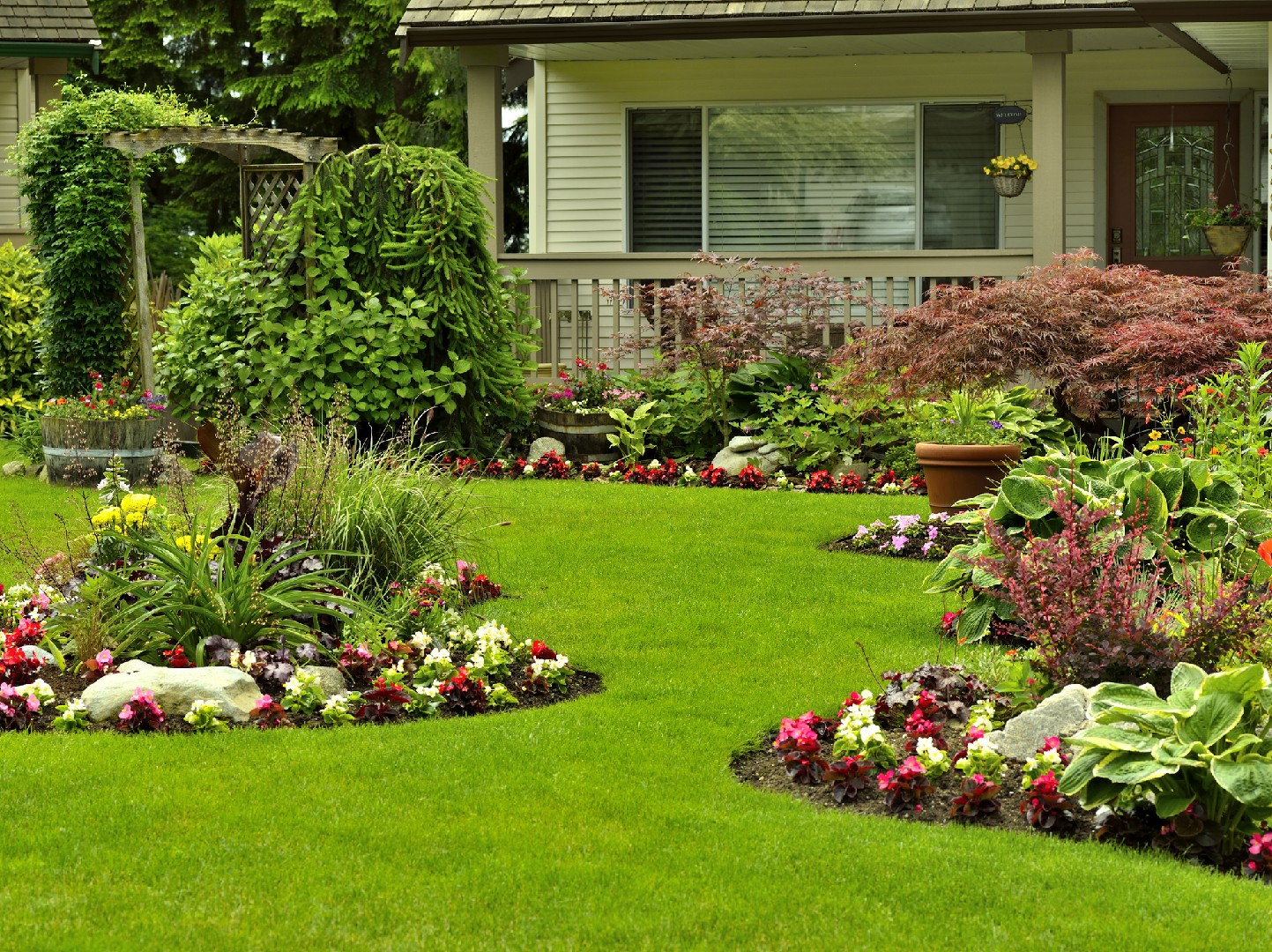![Rectangle]()
Understanding Different Garden Themes
Gardens have long been a source of inspiration and tranquility for many people. They can be a reflection of our personal tastes and preferences, or they can transport us to another time and place. In this section, we will explore the definition and origin of various garden styles - English, Cottage, Zen, Modern, and Wildlife-friendly - and discuss their unique features and aesthetic elements.
The English garden style is known for its lush green lawns, colorful flower beds, and neatly trimmed hedges. It originated in the 18th century and is characterized by a romantic and relaxed atmosphere. To create an English garden, start by choosing a variety of perennial flowers and mix them with annuals for continuous blooms throughout the year. Consider incorporating elements such as stone pathways, ornate statues, and a small pond or water feature to add charm and elegance to your garden.
If you prefer a more rustic and whimsical feel, the Cottage garden style might be the perfect choice for you. Cottage gardens originated in England in the 16th century and are famous for their eclectic mix of colors, textures, and fragrances. To create a Cottage garden, combine a variety of flowering plants, herbs, and vegetables in a seemingly random pattern. Add trellises and arches for climbing plants, and consider including a small seating area or a swing for a cozy and inviting atmosphere.
For those seeking peace, serenity, and simplicity, the Zen garden style offers a calming and meditative space. Zen gardens originated in Japan and are designed to evoke a sense of harmony and balance. To create a Zen garden, start by clearing the area and raking the gravel or sand to create ripples and patterns. Add strategically placed rocks and stones to represent mountains and islands. Finally, carefully select and arrange a few minimalist plants, such as moss or bamboo, for a touch of green.
If you appreciate clean lines, minimalism, and contemporary design, the Modern garden style might be the best fit for you. Modern gardens are influenced by architecture and often feature concrete or metal elements. To create a Modern garden, focus on simplicity and functionality. Use geometric shapes and straight lines in your landscaping. Incorporate sleek outdoor furniture, minimalistic planters, and a restrained color palette to achieve a contemporary and sophisticated look.
Lastly, if you want to create a garden that attracts and supports local wildlife, consider adopting a Wildlife-friendly garden style. By providing food, water, and shelter, you can create a haven for birds, butterflies, and other beneficial creatures. Incorporate native plants that attract pollinators and offer a variety of habitats, such as birdhouses and bee hotels. Avoid using harmful chemicals and pesticides to create a truly eco-friendly space.
To further inspire you, here are some real-world examples of famous gardens representing each style:
- The Kew Gardens in London, England, is a prime example of the English garden style, with its manicured lawns, flowerbeds, and elegant glasshouses.
- The Sissinghurst Castle Garden in Kent, England, is renowned for its romantic and atmospheric Cottage garden style.
- The Ryoanji Temple in Kyoto, Japan, showcases a traditional Zen garden, featuring carefully arranged rocks, moss, and gravel.
- The High Line in New York City is a Modern garden that has transformed an old elevated railway into a stunning urban oasis.
- The Kirstenbosch National Botanical Garden in Cape Town, South Africa, is a Wildlife-friendly garden that celebrates the country's rich biodiversity.
In conclusion, understanding different garden themes allows you to explore various styles and create a space that aligns with your preferences and personality. Whether you choose an English garden, a Cottage garden, a Zen garden, a Modern garden, or a Wildlife-friendly garden, each style offers a unique and inspiring aesthetic. By incorporating the tips and knowledge shared in this section, you can bring your own vision to life and create a beautiful and functional garden that brings joy and tranquility to both you and the environment.





